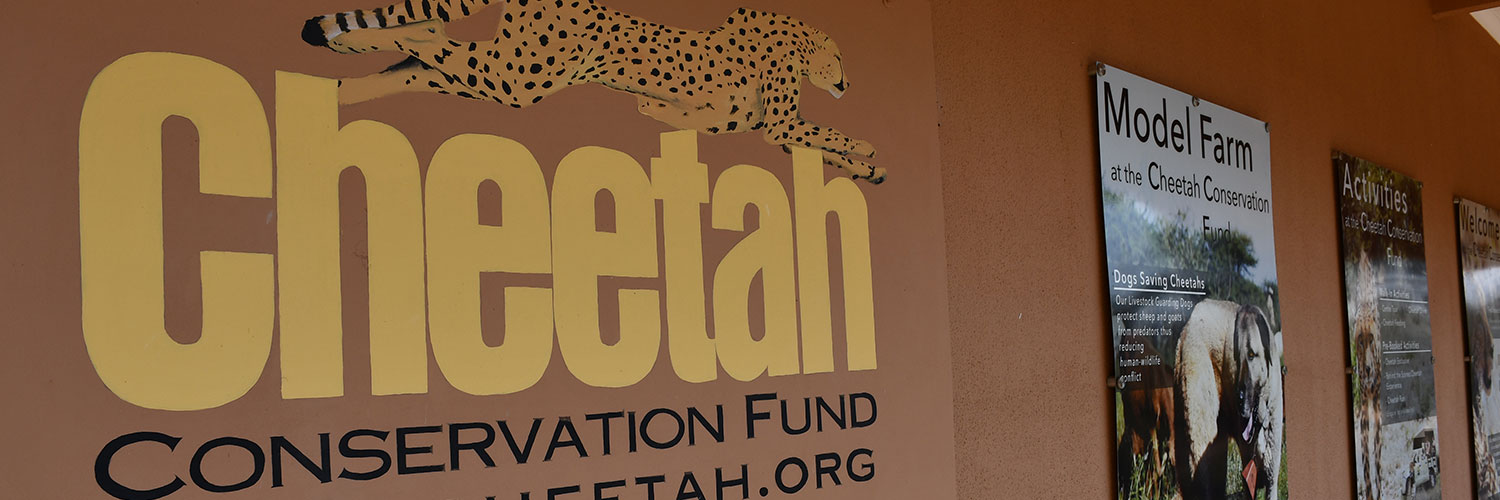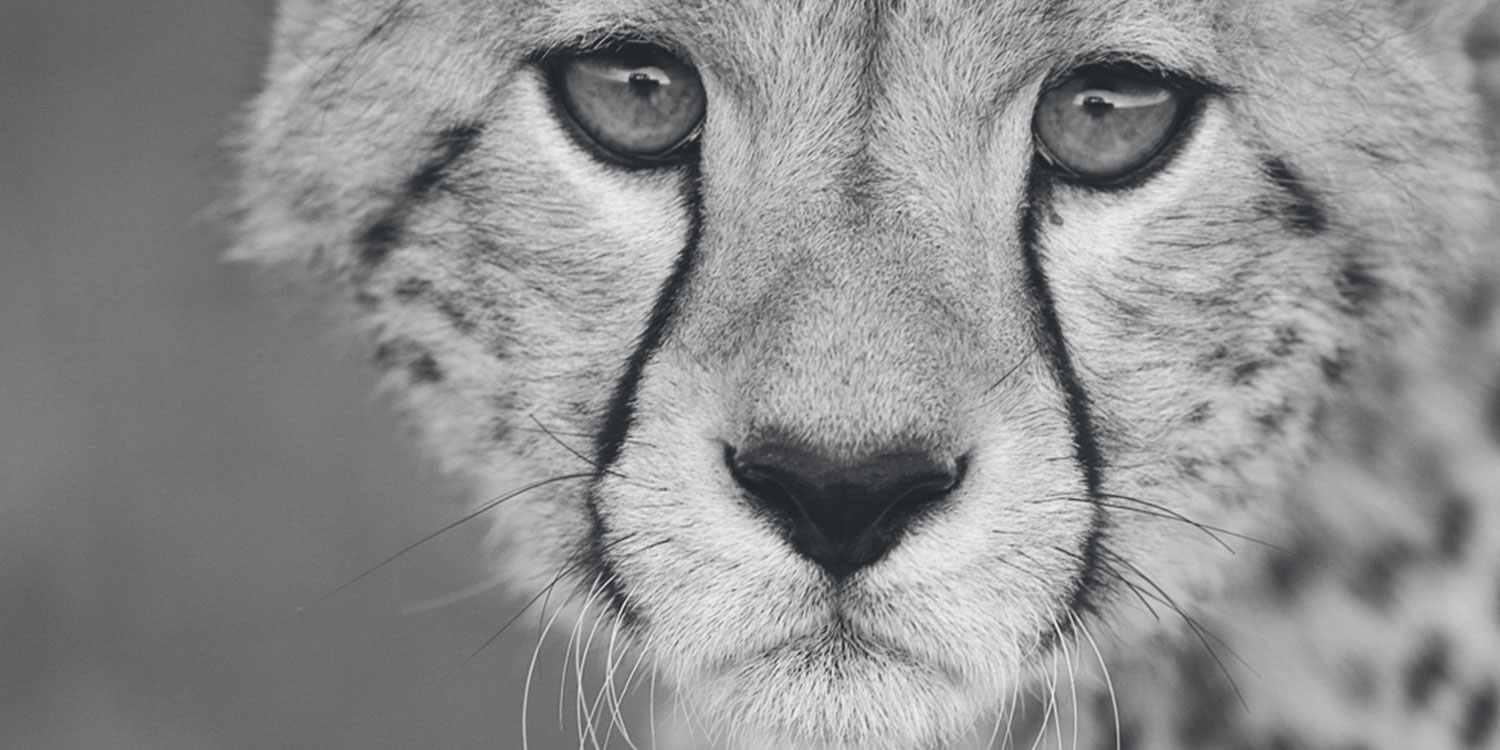Our Field Conservation Centres
Cheetah Rescue and Conservation Centre (CRCC)
In partnership with the Somaliland Ministry of Environment and Climate Change (MoECC), the Cheetah Conservation Fund (CCF) established safe houses in Hargeisa, Somaliland to address the increasing number of confiscated cheetah cubs from the illegal wildlife trade. In 2023, the CRCC now serves as the main intake point for confiscated cheetah cubs, offering housing and a dedicated quarantine area.
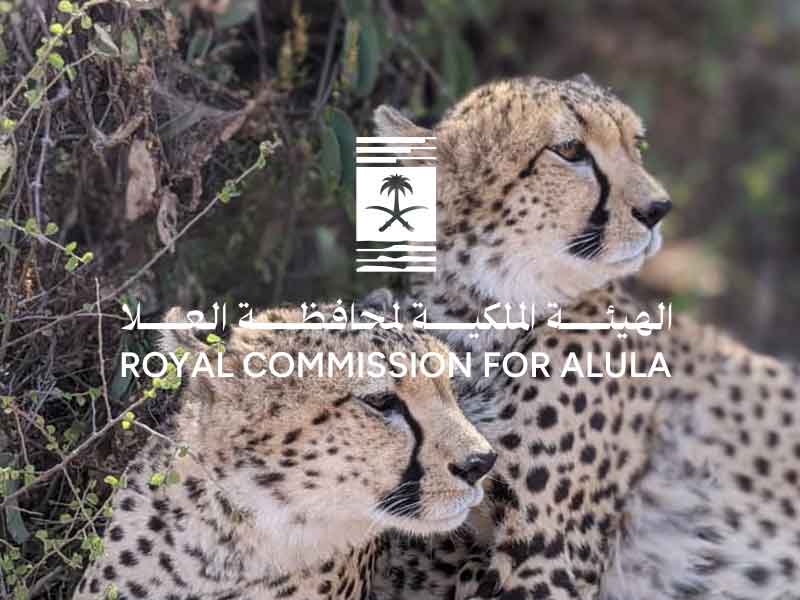
Sponsorship Investment in CCF’s Somaliland Centre
The Royal Commission for AlUla (RCU) supports CCF’s efforts in Somaliland. AlUla’s sponsorship investment helps with resident cheetah care and genetic research. With their support we are expanding environmental education, and offering hands-on training for conservation professionals, ensuring long-term protection for cheetahs and other native species.
Location
CRCC is situated on a 1,800 acre forest reserve located in Geed-Deeble, Somaliland, about a one hour drive from Hargeisa. The reserve features 5-12 acre enclosures that provide a naturalistic environment for the cheetahs. These are spacious fenced-in enclosures that allow freedom of movement and play that are essential for the animal’s well-being and rehabilitation.
Also on the premises are a veterinary clinic and lab, cub nursery, emergency quarantine area and staff/executive accommodations.
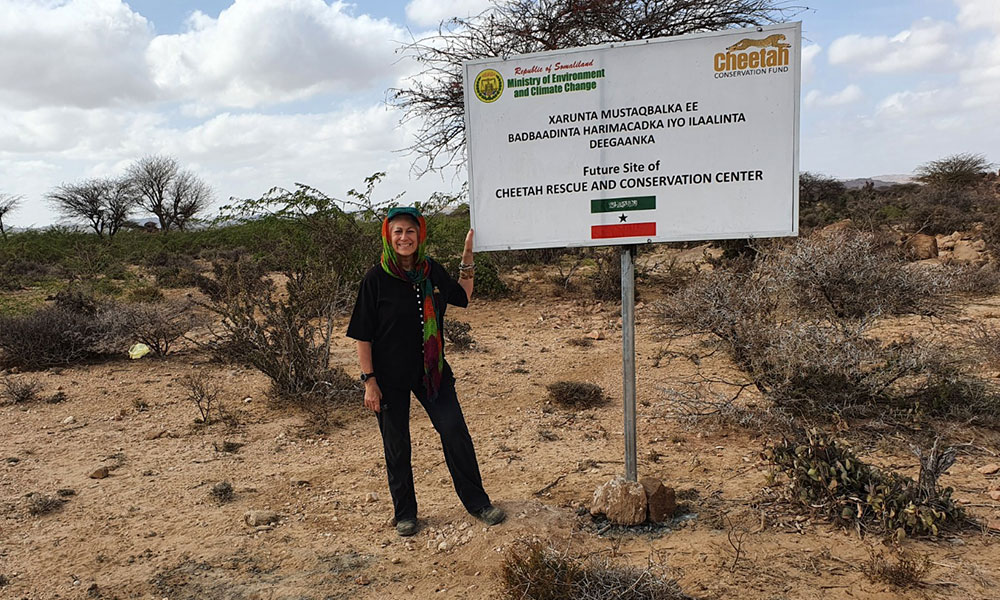

International Research and Education Facility
Our International Research and Education Centre is a renowned research facility that sets the standard for researchers and students worldwide seeking to learn more about the cheetah.
CCF’s Headquarters – World Renowned International Research and Education Centre – Open to the Public
Location
CCF’s Headquarters in Otjiwarongo, Namibia, CCF’s inaugural facility and headquarters is located on a series of ten farms adjacent to the Waterberg Plateau Park, a national park in central Namibia. CCF’s Field Conservation Centre and reserve covers 142,483 acres and is a three hour drive north of the capital city of Windhoek.
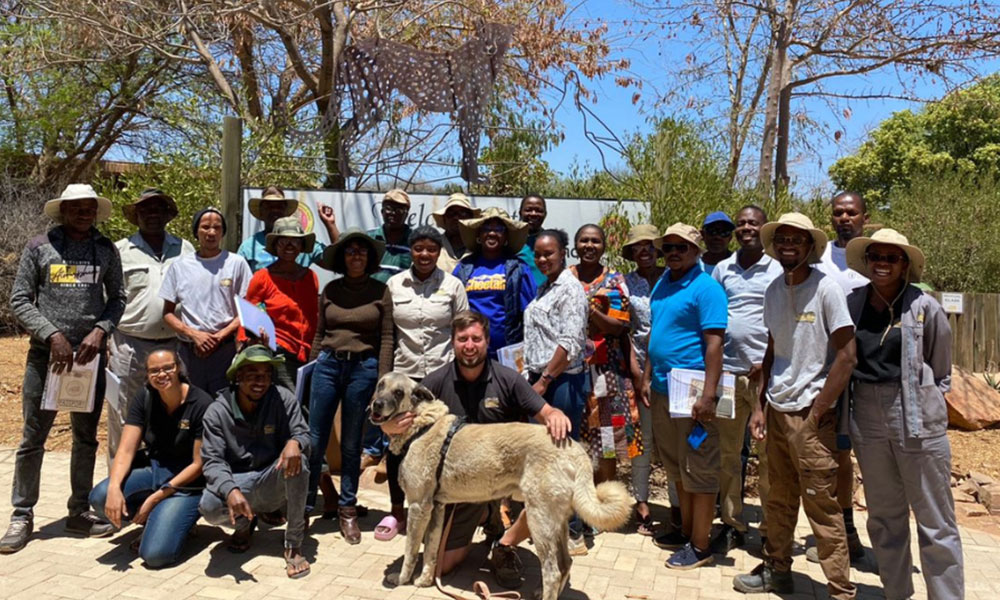
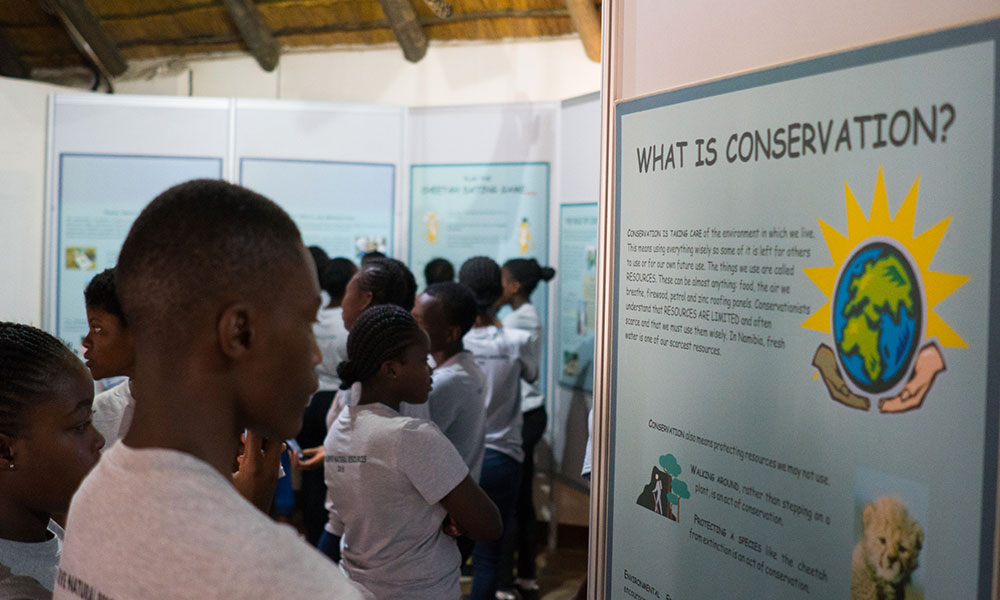
Frontline of Conservation and Illegal Wildlife Trade Education
CCF’s Field Conservation Centres are sites of Research and Education programs that support the organization’s mission and address the three main threats to the species in the wild – human/wildlife conflict, habitat loss and illegal wildlife/pet trade.
In Namibia, conservation programs are primarily focused on human/wildlife conflict and habitat loss. While the illegal wildlife/pet trade is not a major threat in Namibia, this is the site of our extensive research facilities.
In Somaliland, the CRCC is designed to emulate the CCF Centre in Namibia aiming to be a significant conservation and educational destination. The facilities at Somaliland are not extensively developed yet in the same way as the center in Namibia to offer internship opportunities or ecotourism. CCF envisions CRCC as a vital training hub for next generation Africans in leadership roles. Volunteers and working guests with professional experience such as zookeepers, animal behavior specialists, ecologists, biologists, veterinarians, and vet-technicians, as well as educators, trainers and conservationists are welcome at CRCC.
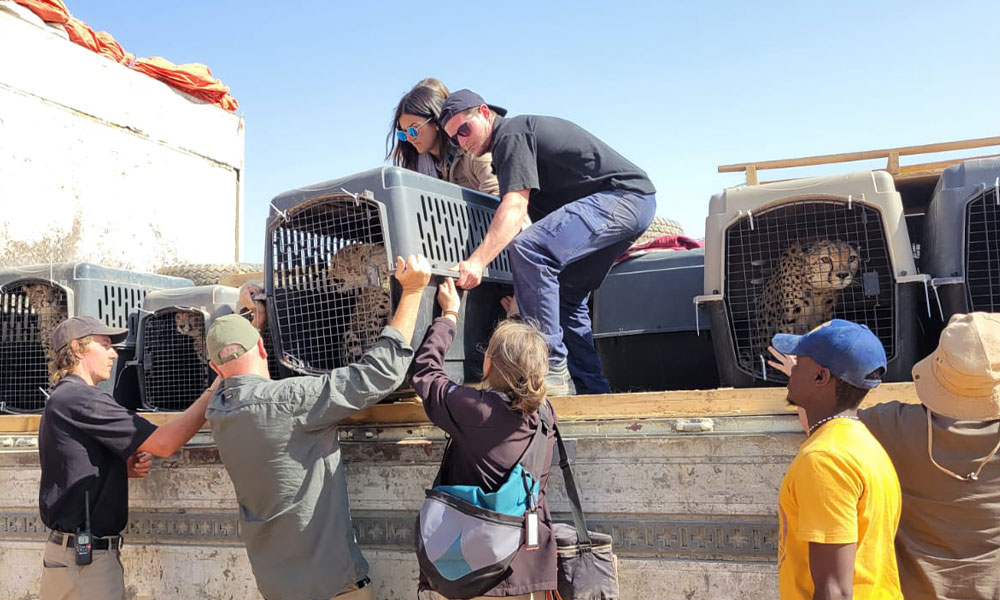

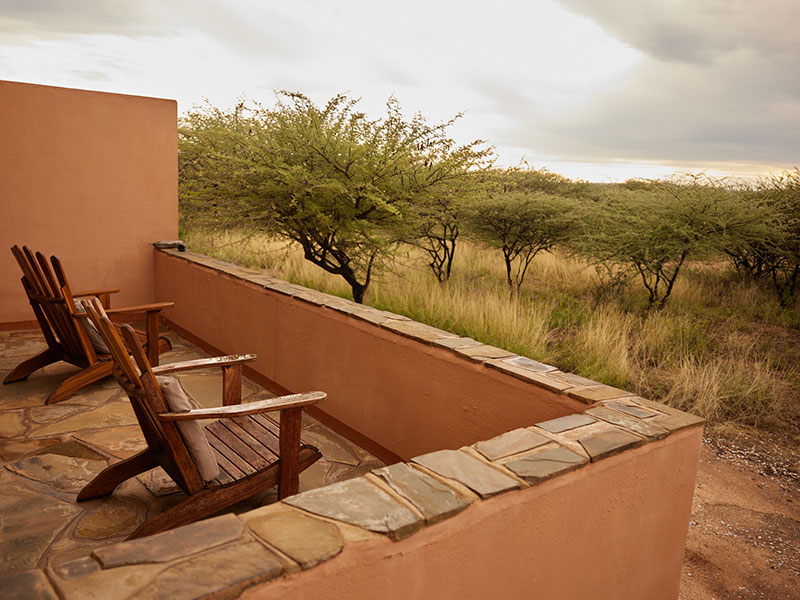
Be our guest at CCF's Centre in Namibia
CCF is also an ecotourism destination, providing informative and memorable experiences for travelers whether they visit for a day, or stay overnight in our guest house accommodations.
Centre Open Daily 8am – 5pm
Research Facilities
Through the generosity of Life Technologies, CCF has developed a DNA laboratory that conducts a non-invasive, genetic monitoring program to provide accurate population estimates of cheetahs in Namibia and other home-range countries.
The Life Technologies Conservation Genetics Laboratory & The Haas Family Veterinary Clinic also researches questions involving cheetah gene flow and geographical patterns of genetic variation, as well as adaptive questions related to the cheetah’s behavioral ecology in specific habitats. The lab plays a key role in training the next generation of wildlife geneticists.
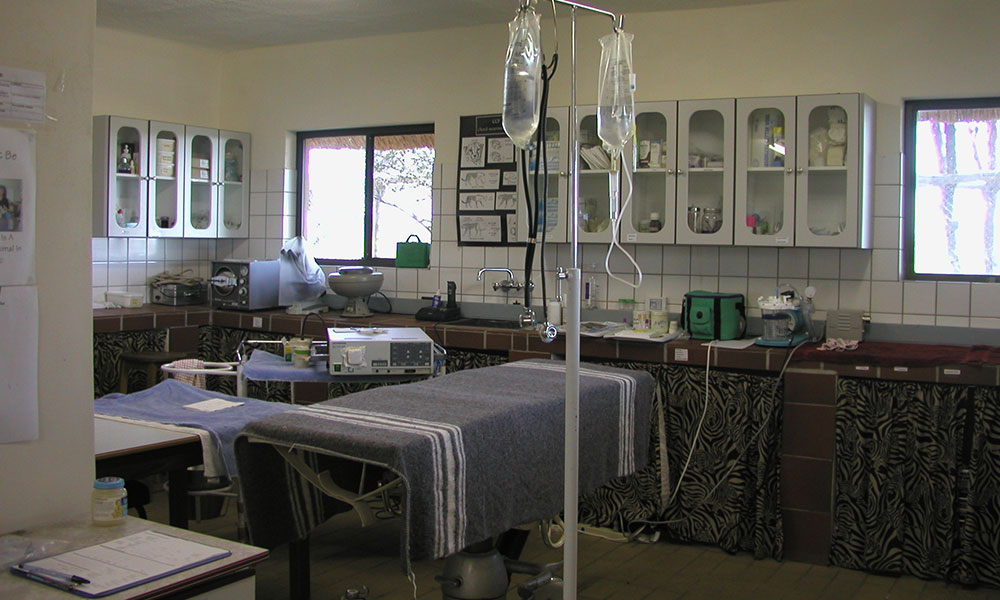
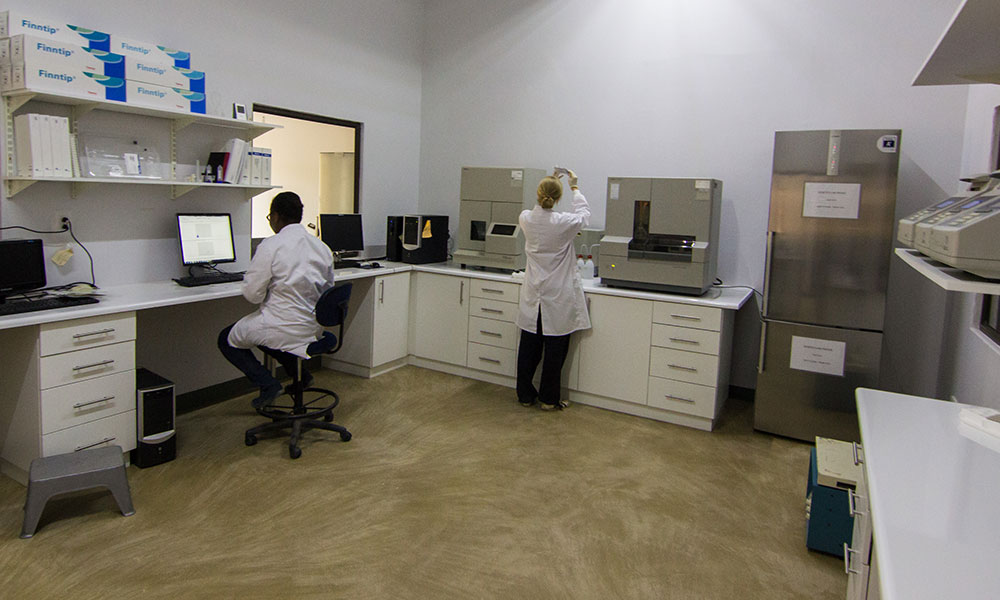
Model Farm and Creamery
The CCF Center includes several model farms that have been developed to research and display predator-friendly and commercially viable livestock and wildlife programs. Innovative business initiatives include the Dancing Goat Creamery which makes goat’s cheese made from CCF’s goats which are protected by its Anatolian Shepherds and Kangal Livestock Guarding Dogs. Educational groups and visiting farmers have the opportunity to see first-hand that farmers and cheetah can co-exist


Education Centre and Cheetah Museum
CCF’s Education Centre and Cheetah Museum displays are designed around CCF’s scientific research findings and provide detailed information about the cheetah: its history, physiology, importance within the ecosystem, conflict with humans, and what CCF is doing to ensure the species’ survival for future generations.
CCF’s Education Team presents two-day or longer environmental courses for school groups with overnight accommodation provided at the CCF educational campsites. Tens of thousands of students have participated in courses at the Centre. In addition to school groups, regional youth groups, youth officials, teachers, health officials and farmers participate in specially designed programs at CCF’s Centre.
Preyground
The CCF children’s educational playground demonstrates that learning can be fun. Children complete a range of activities designed to demonstrate cheetah physiology and environmental issues.
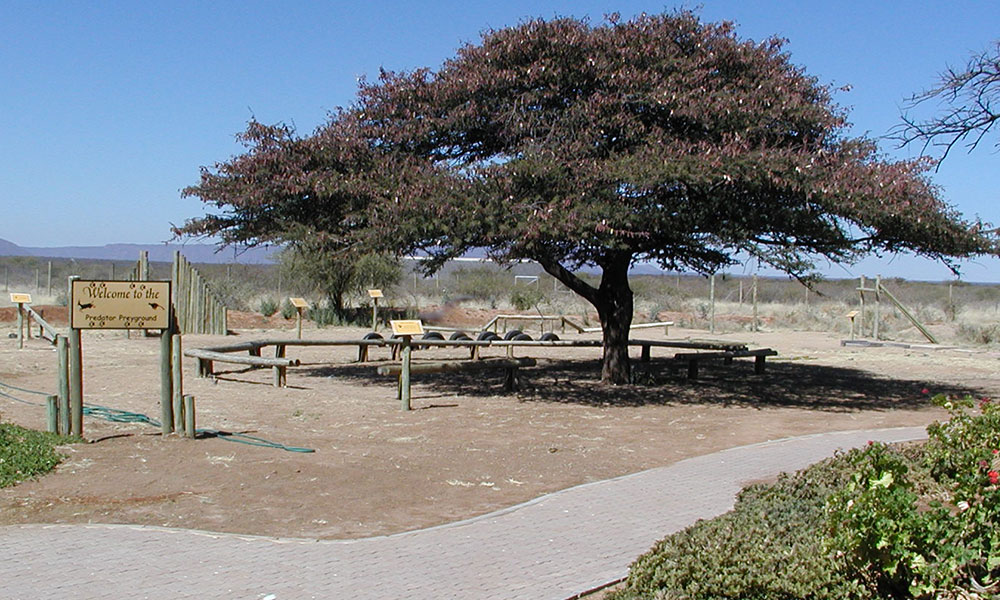

Biomass Technology Demonstration Centre
The primary objective of the Biomass Technology Demonstration Centre (BTDC) is to research a wide range of biomass technologies with an emphasis on those that are capable of generating sustained economic enterprises. Alongside improvements to CCF’s successful clean-burning fuel log BUSHBLOK®, green energy technology development includes the manufacturing of: briquette logs, charcoal hex logs, lump charcoal, pyrolysis-based electrical generation and other promising technology such as wood pellet production, alternative chipping power trains, and Stirling engines.
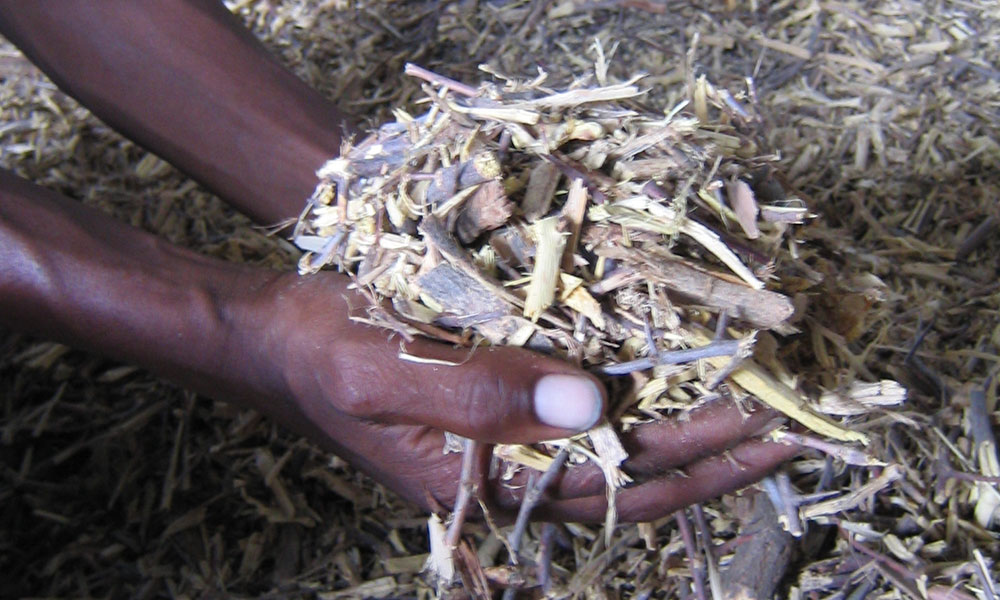
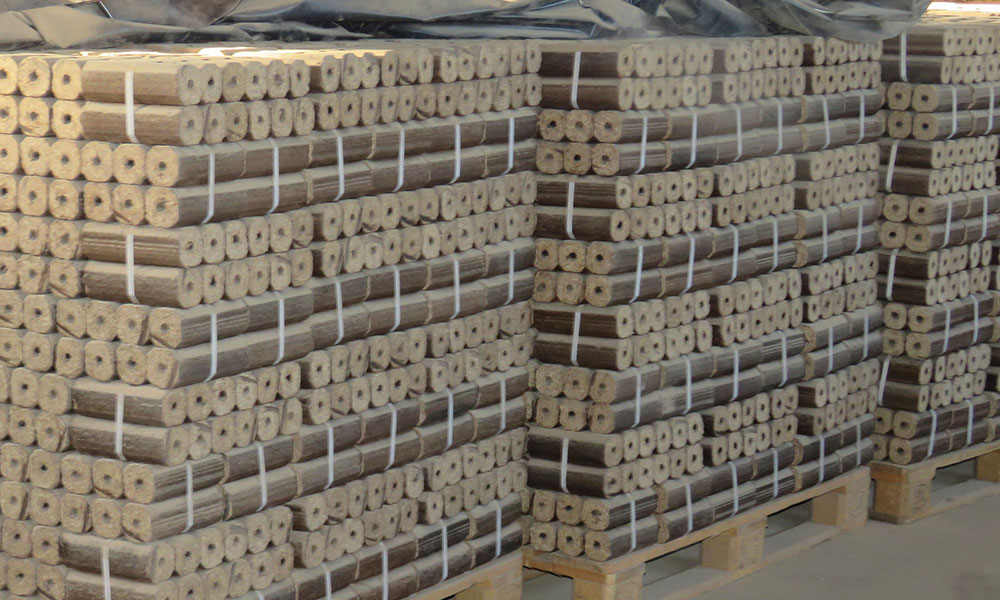
With up to 15 tons per hectare of invasive thorn bush, central Namibia is an ideal location to demonstrate the full economic potential of biomass related industries and to research sustainable harvest methods that ultimately restore habitat. Bringing commercial enterprises to central Namibia will have the combined benefits of creating much needed employment, generating electricity, restoring wildlife habitat and improving farmland productivity.
The BTDC draws on academics, researchers, and engineers to implement, evaluate and validate new technology. Equipment and processes are customized for the type of biomass available across regions.
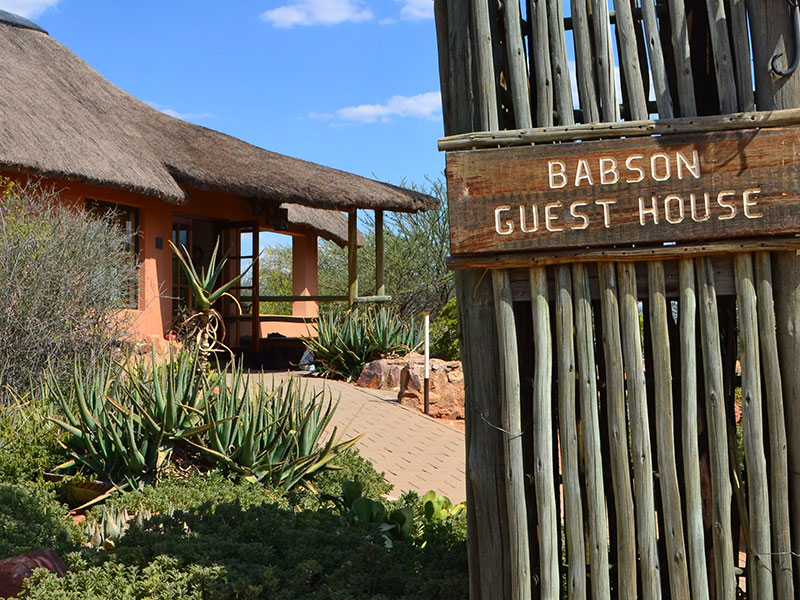
Stay with the Cheetahs
Luxury accommodations at CCF – Cheetah View Lodge and The Babson House
Airstrip and Cheetahdrome Hanger
CCF has the longest privately owned runway in Namibia. The two km long, compacted earth airstrip can accommodate small aircraft. Advance notice is needed to utilize the airstrip.
There are two options for air charter:
Scenic Air: [email protected]
Westair: [email protected]
Airstrip designator is FYHC.
“Open 364 days per year – there are many ways to enjoy our Centre and so much to learn about the cheetah.”
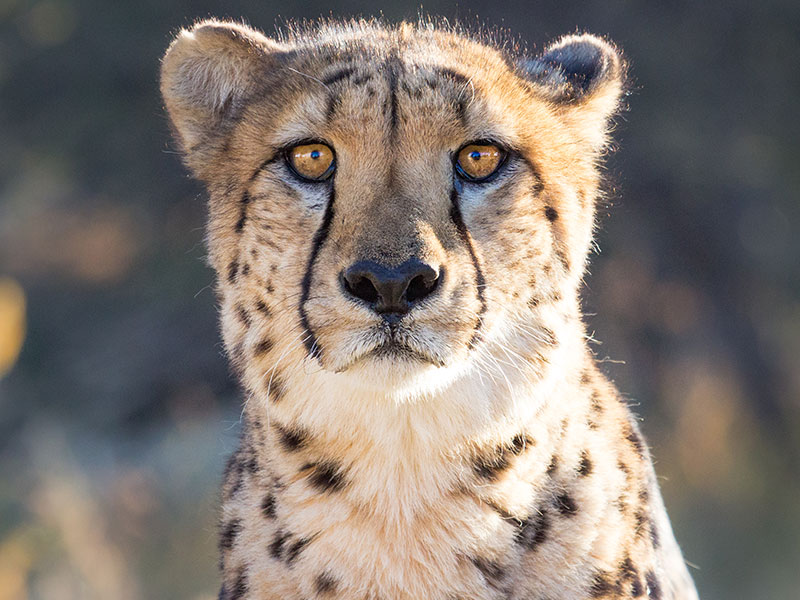
Resident Cheetahs
CCF has released hundreds of cheetahs back into the wild. Some cheetahs cannot be released due to behavioral or medical issues.

